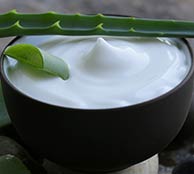More Holistic Health Articles
What is aloe vera used for? Health benefits, topical uses and more

Who knew an aloe vera plant had so much goodness packed into its leaves? Despite the bevy of nutrients inside the gel, modern-day science has sought to confirm many claims made about the plant. The National Center for Complementary and Integrative Health (NCCIH)–an arm of the National Institutes of Health (NIH)–says the gel isn’t approved for any oral uses primarily because of a lack of evidence. Researchers have spent decades analyzing the plant as a health remedy and have come up with some fascinating results.
Primary health benefits of aloe vera
Although research is still ongoing to determine the precise nature, efficacy and safety of aloe vera’s health benefits, there is still a lot of evidence which supports many beneficial applications of aloe vera.
1. Aids in digestion
Aloe vera is popular in natural health as a digestion aid.
Aloe is chock full of antioxidants which promote a strong immune system and the polysaccharides also have anti-inflammatory qualities. Some people use aloe to help with irritable bowel syndrome (IBS), ulcers and to detoxify the intestinal track.
2. Strengthens the immune system
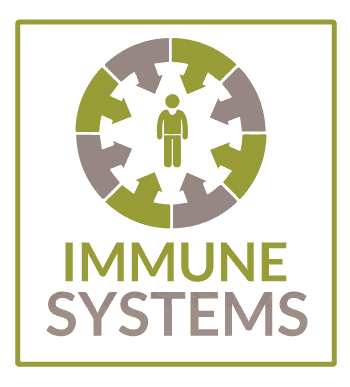
Aloe’s ability to detoxify helps keep the immune system in check. The body has a much better chance at fighting off illness and infection if as many nutrients as possible can make their way into the bloodstream.
Polysaccharides are the primary component of aloe vera gel. These compounds, which are found in plants, create the thick quality of the gel.
“Some of these plant compounds feed the immune system,” Morrow said.
These same ingredients in aloe can also irritate the immune system, but not in a harmful way, Morrow noted. Instead, the immune system ramps up because it sees these compounds as a threat. However, polysaccharides are certainly not a toxin.
“It’s the common reason why people who eat plants have a good immune system,” Morrow said.
In addition to this, the antioxidants that are present in the gel ward off free radicals which negatively impact immunity.
3. Lowers cholesterol
A few studies have indicated that aloe can play a role in lowering cholesterol. According to the National Institutes of Health (NIH), daily intake of 10 ml or 20 ml of aloe for 3 months was shown to reduce LDL (bad) cholesterol by 18% and total cholesterol by 15%.
4. Provides pain relief
Aloe vera’s anti-inflammatory and analgesic qualities may be helpful in relieving muscle and tendon pain. The gel is sometimes used topically in sports medicine to soothe achy muscles, but taken orally, the anti-inflammatory ingredients may also help with pain.
It’s important to note that if you’re using aloe vera to reduce inflammation, you should also rebalance your diet. By eliminating unhealthy foods, the aloe vera has a better chance of working.
5. Diabetes treatment
There are several ways aloe vera may help those suffering from diabetes. Some research has demonstrated aloe vera’s ability to lower blood glucose levels. However, the NIH warns that combining glucose-lowering medication with aloe vera can have harmful effects.
People with Type 2 diabetes may also look to aloe as a way to lower excessive amounts of fat in the blood.
Aloe’s ability to heal wounds faster may also benefit people with diabetes who have suffered from ulcers or wounds on their legs.
6. Relieves arthritis pain
Arthritis is a chronic condition in which joints are inflamed causing pain and stiffness. Aloe vera contains several enzymes and amino acids that are known to have anti-inflammatory qualities. Evidence is limited, but some people take aloe vera gel orally to ease the pain of arthritis.
7. Skin care
The NIH says aloe vera is “possibly effective” for several skin ailments, including cold sores, psoriasis and itchy rashes on the skin or mouth. And although it’s most commonly used for sunburns, research hasn’t shown that it reduces redness. Most people use the gel for its natural cooling effect on the skin.
Although studies haven’t proven the gel can prevent burns from radiation therapy, some research has shown it can promote faster healing after treatment.
Aloe vera: an acquired taste
New to drinking aloe?

Morrow said many people are turned off by the tangy flavor, but there are ways to make it more palatable.
- Mix aloe gel with water
- Use it as an ingredient in a smoothie
- Soak in purified water for 10 minutes
Aloe vera side effects, drug interactions and contraindications
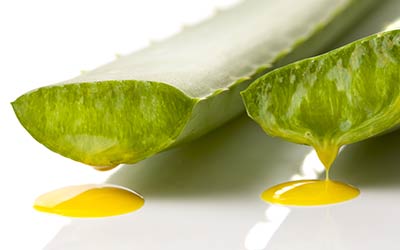
Caution should always be taken when ingesting aloe vera as there can be potential side effects. The aloe latex—the yellow juice near the rind—is where most of the danger lies. However, ingredients in the more commonly used gel itself can also be harmful to some people.
Before ingesting aloe vera, contact your doctor so you can avoid the negative potential side effects:
- Regular use of the entire leaf—which includes the latex—can deplete potassium in the body. Electrolyte imbalances can lead to muscle weakness and cardiac problems. According to the NIH, ingesting one gram of aloe latex for multiple days can be fatal.
- Products containing the latex will exacerbate intestinal illnesses such as Crohn’s disease and ulcerative colitis.
- People with diabetes should monitor their blood sugar levels when using aloe.
- Ingesting any form of aloe is not recommended during pregnancy as it may cause uterine contractions or miscarriage. Aloe should also be avoided during breastfeeding.
- Excessive use of aloe latex may cause kidney failure and shouldn’t be used by people with kidney problems.
Drug Interactions

As mentioned above, aloe vera can lower blood sugar levels which can be problematic for people taking insulin or hypoglycemic medication. Because there is the potential for low potassium counts from aloe, people who take medication (Digoxin) for heart rhythm problems may see adverse effects when using aloe.
It’s possible that aloe may decrease the body’s blood clotting abilities. Taking aloe orally before surgery is not recommended since certain anesthesia also decreases blood clotting.
If used topically, the NIH states that aloe may increase the absorption of steroid creams (hydrocortisone).
Aloe vera’s topical uses
Aloe vera may be most well-known for its moisturizing properties. It can be found in plenty of skin and hair products, but it can also be used straight from the plant.
Aloe’s reputation for healing wounds starts as far back as 1935 when it was documented that the whole-leaf extract promoted complete regeneration of the skin (though people have been using aloe vera for this reason for much, much longer). Research suggests that polysaccharides in the gel have anti-itching and anti-inflammatory that help with wound healing.
“The most remarkable experiences [I’ve seen] have been with topical uses,” Morrow recalled. “It encourages regeneration of tissue.”
However, more research is needed; another study demonstrated that aloe may delay surgical wound healing.
Anecdotal evidence suggests aloe can be used topically for the following purposes:
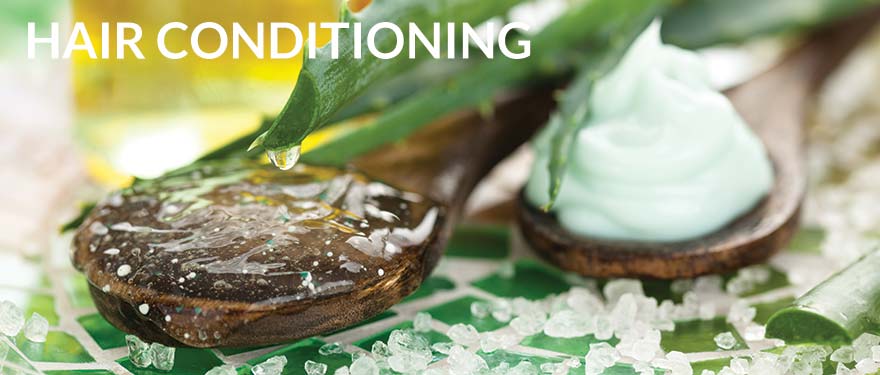
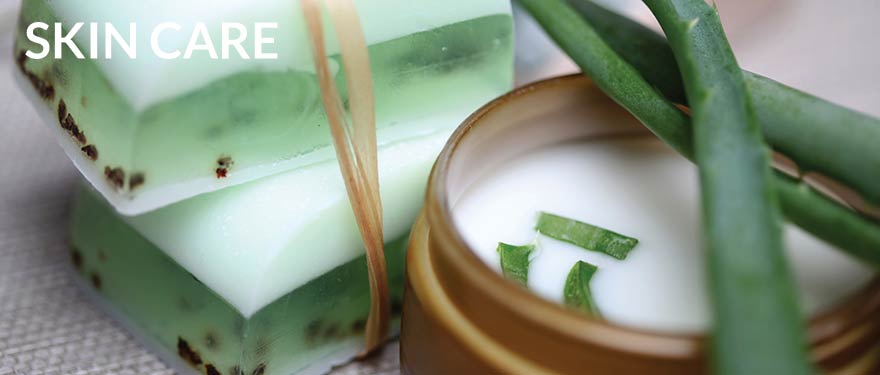
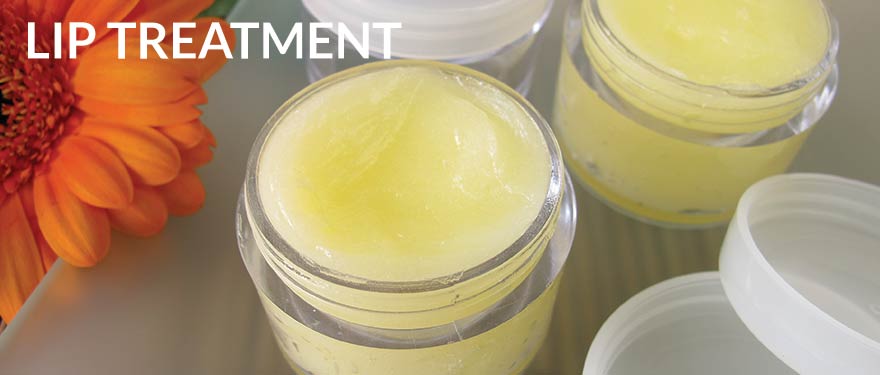
Hair conditioning
Mix equal parts water and aloe vera gel together. Next, add an essential oil of your choice. The aloe locks in moisture and blocks external toxins from damaging hair.
The moisture from the aloe also promotes a healthy scalp and the anti fungal elements in the gel are known to eliminate dandruff.
Skin inflammation
The combination of vitamins and minerals in aloe can soothe skin that is red from inflammation and acne. Regularly applying aloe to the face can help reduce redness.
Psoriasis
Some studies have found aloe may help treat the skin disease. The NIH cites research that used a cream with 0.5 percent aloe and after four to eight weeks, skin plaques were reduced and the overall severity lessened.
Skin firmness and tone
Moisture from aloe keeps skin firm while the antioxidants may provide a more vibrant complexion. Aloe is also used to lighten hyperpigmentation of the skin.
Lip treatment
Aloe can help take the sting out of swollen lips and can also be used as a moisturizer for chapped lips.
Homemade aloe vera shampoo recipe
It’s easy to whip up a few quick recipes using aloe vera as the main ingredient.
pH Balanced Shampoo
(By thankyoubody.com)
The other aloe gel: topical use and ingredients

You’ve likely seen topical aloe vera gel—intended for sunburns—in your local drugstore or supermarket. The gel is viscous, with air bubbles and sometimes a vibrant green color.
Not exactly “pure” or “natural.”
The draw of aloe vera is, of course, its ability to heal naturally, but unfortunately not all products are as pure as they want you to believe. For instance, one product’s label states:
“Aloe Vera
100% Gel”
This is a bit misleading because while the product is in fact, 100% gelatinous, it’s not made of 100% pure aloe.
Here’s a list of ingredients to look out for in topical gels:
- Triethanolamine
- Diazolidinyl Urea
- Carbomer
- SD Alcohol 40
- Tetrasodium EDTA
- Glycerin
- DMDM Hydantoin
- Polysorbate 20
These words would be great for a spelling bee, but for your skin? Not so much. Before you slather on the gel, consider what else you’re putting on your skin when using these products.
| Thickener | Carbomer gives the gel its consistency. The compound is a group of polymers made of acrylic acid. |
| Hydration | Glycerin is an emollient and is used to moisturize. It works by pulling water into the outer layer of the skin. |
| Surfactant | The surfactant in many aloe gel products is Polysorbate 20. This chemical mixture reduces surface tension. In other words, it helps the product glide onto the skin. |
| Emulsifier | Triethanolamine is used to help water-soluble and oil-soluble ingredients stay mixed together. |
| Preservatives | To keep the aloe from going bad, preservatives like Diazolidinyl Urea and DMDM Hydantoin, are used. These preservatives release formaldehyde. Tetrasodium EDTA is another preservative which may cause other chemicals to penetrate into the body. SD Alcohol is also known as denatured alcohol, which means ingredients have been added to make the substance undrinkable. |
Aloe vera in natural health school
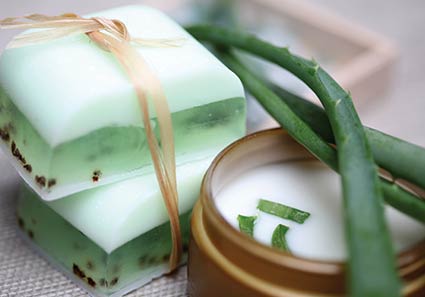
If you take naturopathic, herbalism or nutrition classes, you’ll learn about the uses of many supplements and plants. Aloe vera will certainly be one of them.
Morrow, who teaches nutritional supplementation and nutrition assessment and therapy at Bastyr University, focuses on evidence-based research when it comes to aloe vera.
“We look at it from a disease model,” Morrow said.
Discussions revolve around what aloe is used for in different areas of medicine. Students learn a science-based approach with lessons on what aloe vera is made of and how those ingredients help patients heal.
In Morrow’s nutritional supplementation class, students are assigned different supplements to research. Aloe vera is discussed during the gastrointestinal (GI) section of the curriculum.
“We use resources to highlight how aloe is used, the way it’s used, what the evidence says, contraindications and doses for certain conditions,” Morrow said.
Enrolling in a different type of natural health program? You’ll still come across aloe vera in your studies. In an herbalism program, aloe may be discussed in the context of growing and harvesting plants, in raw food courses or understanding the role of nutrients in the body.
Naturopathic Doctor (ND) programs typically discuss the virtues of aloe vera in Ayurvedic garden and botanical medicine courses. Like a nutrition-based model, ND programs will study aloe as a way to treat disease.
Chinese medicine programs teach that aloe vera is useful in treating fungal diseases. The same programs cover the use of the plant in nutrition classes as well.
3 things holistic health students should know about aloe
Holistic health schools will likely include aloe vera in the curriculum. Here’s what you can expect.
- You’ll read about aloe in textbooks. Basic facts, uses and contraindications of the ancient plant will be discussed.
- Expect a science lesson. Students will learn how aloe’s vitamins, minerals and other properties affect the human body.
- You’ll examine clinical research. Aloe studies span decades and you’ll learn what the findings say about aloe’s efficacy as a health treatment.
Updated: April 1, 2024


